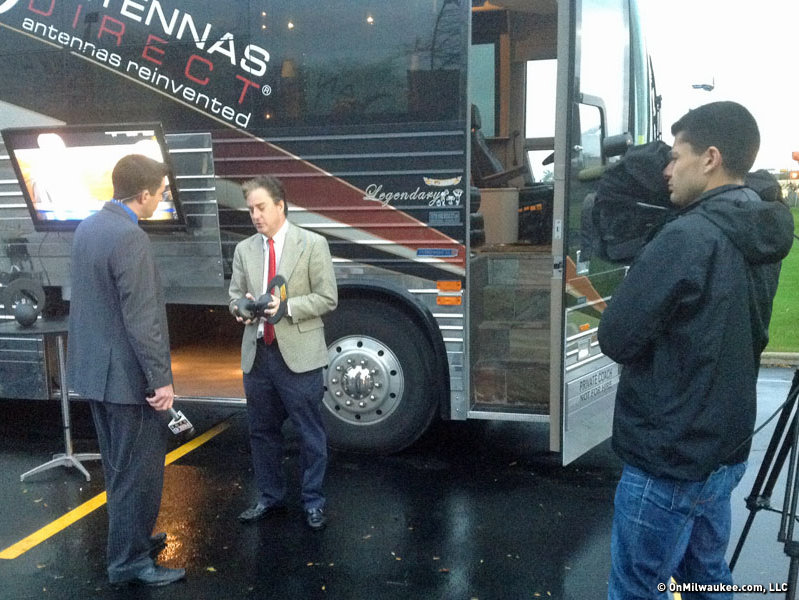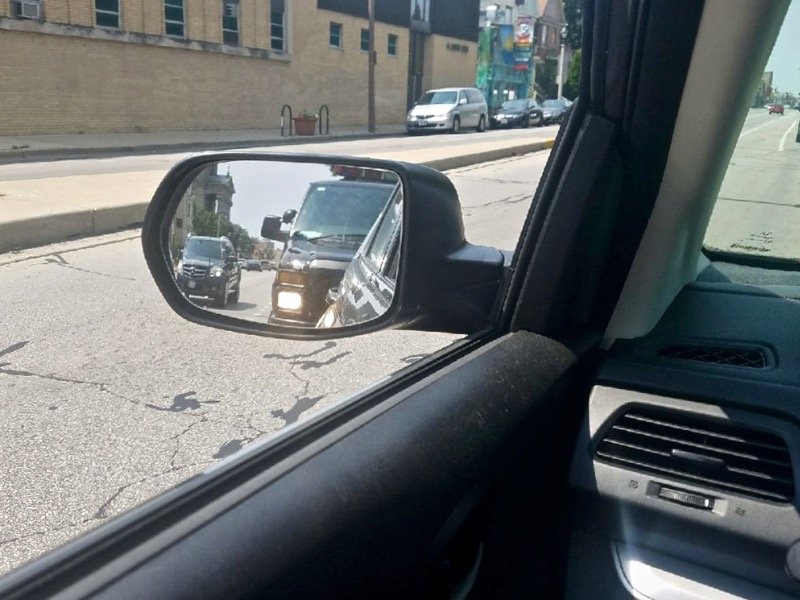As technology developed in the 1970s – and to be honest, TV engineering has always been evolving since the early days of invention in Madison – the ways in which to get information and entertainment programing has grown.
"The most significant changes were the births of cable and satellite TV," longtime GM at WITI-TV Ch. 6 Andrew Potos said of the largest broadcast development in his tenure.
"These new media gave broadcasting the opportunity to expand its coverage of news and public affairs far beyond anything we had ever imagined, gave many more talented people the opportunity to find a place in broadcasting and, of course, drastically changed the economics of commercial television."
What helped, that in some areas, the cable or satellite signal provided a better picture than the legacy over-the-air signal. Man-made structures and hills and valleys of the landscape can all affect the signal coming from a station’s tower. These new delivery systems changed the relationship between the viewers and the broadcasters, as the availability to more channel options grew through the decades.
What many people don’t know is that the technology advanced for the antennas that do receive the over-the-air signal. And since the 2009 federal government-mandated digital transition, the availability of high definition and standard signals has grown as well.
"What happened is that scientists defied the laws of physics while working on cell phone signals," said Richard Schneider, the founder of Antennas Direct.
Schneider brought his bus tour to Milwaukee last week to appear on WITI-TV Fox 6. His mission is to raise awareness that over-the-air is still available, and for some, it can be a more cost-effective way to get TV.
"What we are finding is that many people will get Hulu and Netflix and then get local TV with an antenna," he said.
In the bigger picture, Antennas Direct has seen a real increase of antenna use by viewers. His company sells directly online as well as supplies retail locations like Best Buy.
You can see his appearance on WITI here.
The bus tour arrived in Milwaukee late last week, following a stop for an antenna give-away with a TV station in Toledo, Ohio. Hundreds turned out for the event, some with tears in their eyes.
"It really is moving, that we are truly affecting people’s lives," Schneider said of the stops. In the last 4 years, the bus tour has made stops in 40 different broadcast markets.
With the positive response with talking with people in Milwaukee, I’d expect to see Schneider and his bus roll through our area again.
HEALTH NEWS: Fox Business Network’s "The Willis Report" will run a live special call-in show – "A User’s Guide to Obamacare" – at 5 p.m. on Monday. Anchor Gerri Willis will be joined by a panel of experts answering viewers’ questions on the Affordable Care Act.
RATINGS GROWTH: WITI is reporting a rise in viewership between Game 1 and 2 of the World Series. The Boston loss to St. Louis was a 6 percent larger audience with a 7.1 rating on Thursday night. The next game will be on WITI on Monday.
Media is bombarding us everywhere.
Instead of sheltering his brain from the onslaught, Steve embraces the news stories, entertainment, billboards, blogs, talk shows and everything in between.
The former writer, editor and producer in TV, radio, Web and newspapers, will be talking about what media does in our community and how it shapes who we are and what we do.







